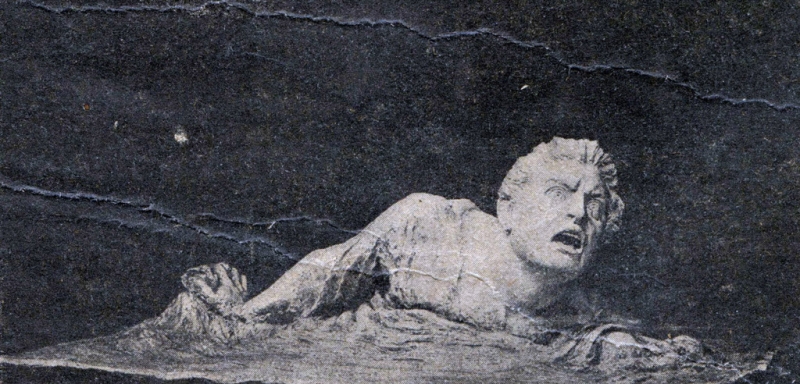
“Among powerlessness and melancholy
Quicksand lies,
They have power over souls…
God forbid you get there.” (c)
How pleasant it is to lie on the beach, bury yourself up to your neck in the sun-warmed sand, and then have fun destroying this cocoon and for a long time and leisurely picking out grains from yourself… Everyone, at least once in their life, had such fun. Sand often gives us pleasant associations associated with relaxation, warmth and fun games.
A completely different matter is quicksand or, as they are also called, “floating sands”. These dry swamps are capable of completely swallowing both animals and humans in a matter of minutes.
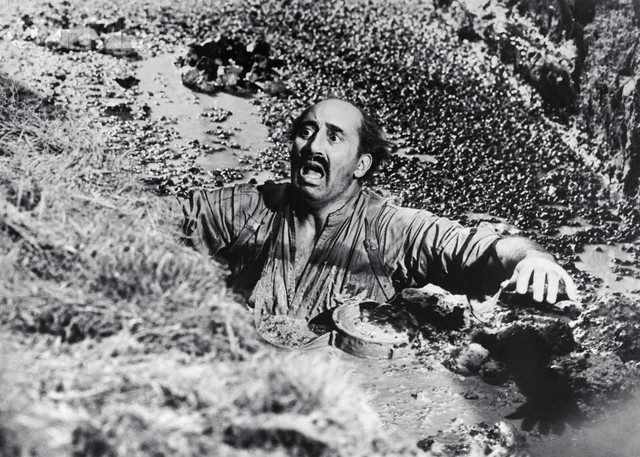
Still from the film
What is the difference between an ordinary swamp and quicksand?
Quicksand consists of sand or clay itself in an indispensable combination with water. Its surface seems solid at first glance, but if you step on it, the sand under your feet will begin to liquefy. An ordinary swamp is constantly in a state of viscous slurry, and the sand becomes quicksand as underwater water approaches. It turns out that a person does not drown as in water, but plunges into the wet sandy depths. There is a theory that the fluidity of sand is also influenced by the special shape of sand grains.
The good news is that dry swamps are not bottomless! They range in depth from a few centimeters to several meters.
The bad news is that you can’t get out of a sandy swamp with a stick! Any support is sucked in along with the drowning person.
History is full of terrible cases of entire families and even residential areas going into sand traps. Here are just a few of them:

Photo: static.panoramio.com
Tarnagen Fjord (Alaska)
This huge fjord is made entirely of quicksand. Alaska’s quicksands are the most terrible and treacherous. Once upon a time, glaciers turned the local rocks into sand, and streams of water washed it into the Tarnagen fjord. This formed sand deposits up to several meters thick. The low tide exposes this sandbank, but twice a day, as soon as the tide comes in, all the sand turns to a thick slurry and the bed fills with icy water. In just six hours the water rises 12 meters.
To this day, locals tell the story of a young couple who took a romantic car ride at low tide. The car and its passengers were sucked into quicksand. The man managed to miraculously escape, but the woman remained forever buried in the layers of sand.
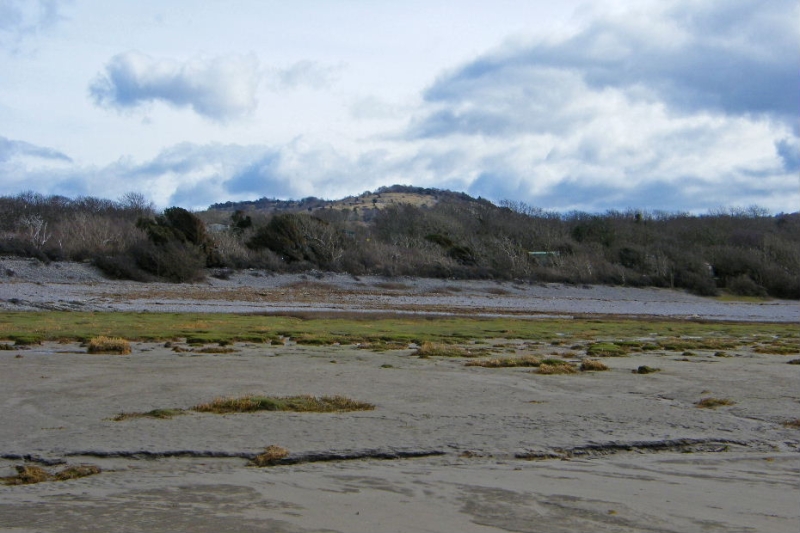
Arnside (England)
This town is located in the north-west of England. At low tide, the sea here recedes as much as 11 kilometers.
Once upon a time, during low tide, fishermen went to the bay on horse-drawn carts in order to bring their catch before the next tide. This way they managed to catch a lot more fish, but many of the fishermen remained at the mercy of quicksand forever.
It is very difficult to get out of a sand pit on your own. Due to the increasing number of accidents in Arnside, a rescue service was created, which annually pulls up to thirty people out of quicksand. There is a known case when, in front of his parents’ eyes, sand almost completely sucked in a four-year-old boy. Fortunately, help arrived in time. Rescuers use special portable platforms along which they can reach victims.
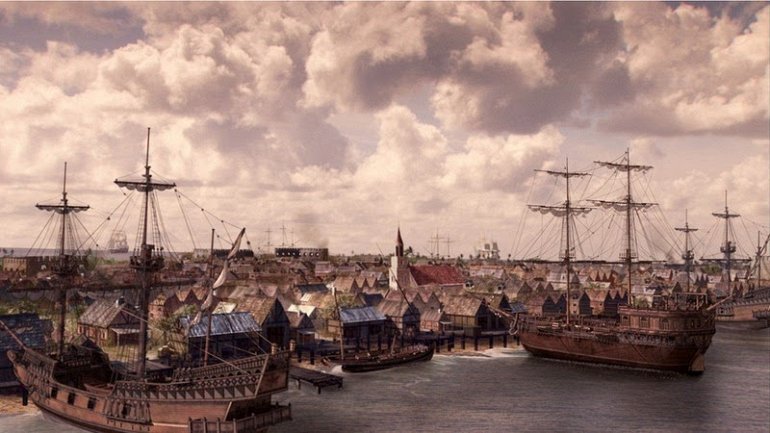
Port Royal (Jamaica)
In 1692 in Jamaica, the entire area of the city of Port Royal disappeared into the sand. According to average estimates, more than two thousand people died then. The site for the construction of the city was chosen on a long sand spit, the top layer of which is still saturated with water. Underneath the water layer lies a mixture of gravel and sand.
On June 7, 1692, during an earthquake, sand began to suck in buildings and people. The whole horror lasted about ten minutes, after which the liquid-like sandy mass suddenly became as hard as cement and tightly squeezed the people. Most of the townspeople died, and their exposed body parts were eaten by wild dogs.
In the 19th century, the remains of houses were still visible in the area destroyed by the earthquake. However, in 1907 a second earthquake occurred, hiding these traces of the tragedy.
There are legends that on the site of the area that once existed in the port, the screams of people who died in the sand can still be heard.
Fortunately, you won’t find quicksand in places of mass tourist recreation, but it’s better to know the enemy in person and have an idea of how to fight him.
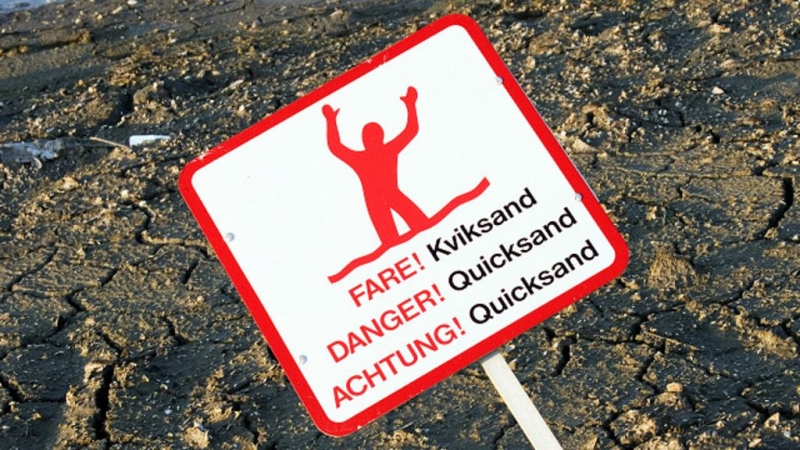
How to avoid places with quicksand?
Study the area carefully. Avoid shallows near bodies of water. Water seeping through the sand and a wavy surface structure may indicate that you are facing quicksand. Do not ignore signs warning you when you are approaching a dangerous area.
What to do if you couldn’t protect yourself from quicksand?
— get rid of all the heavy things;
— do not make sudden movements in the hope of freeing yourself;
— lie on your back;
— relax and, having adjusted your breathing, smoothly row to a safe area;
— When you reach the edge of the quicksand, roll onto a solid surface.
Take care of yourself!
On OneTwoTrip, you can easily find a hotel near you and make a reservation in minutes.
Author: Elena Yatsenko

